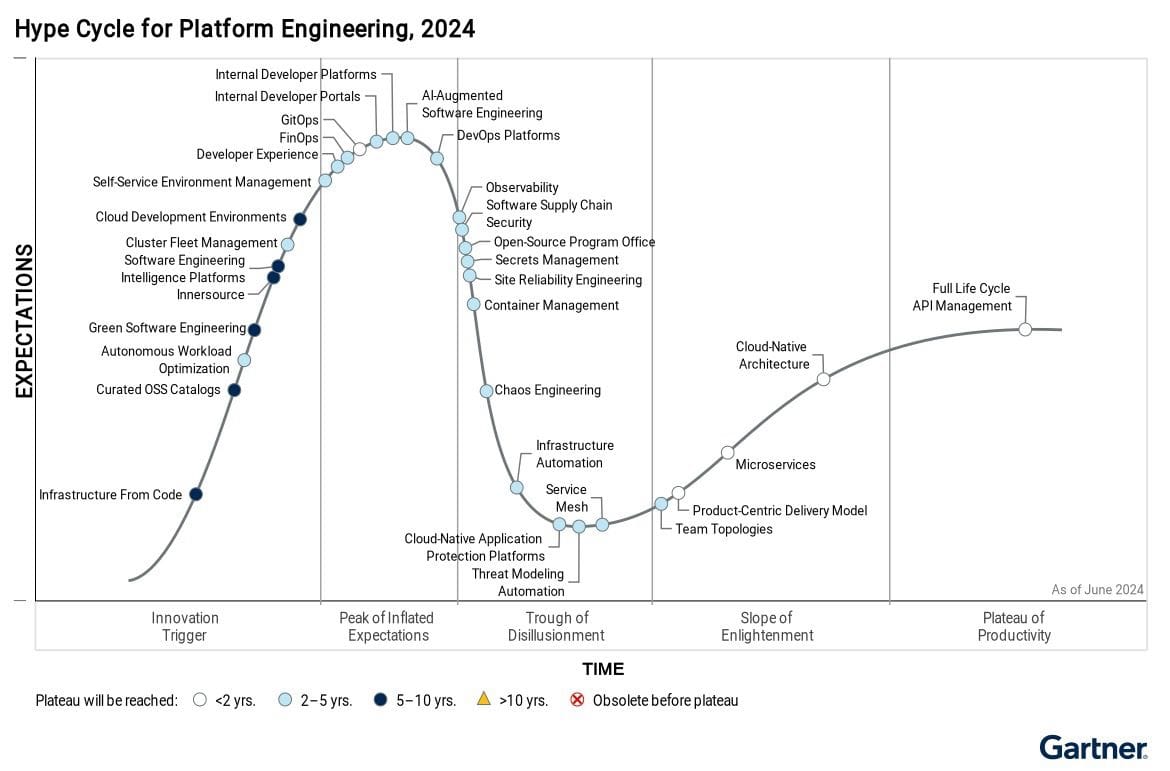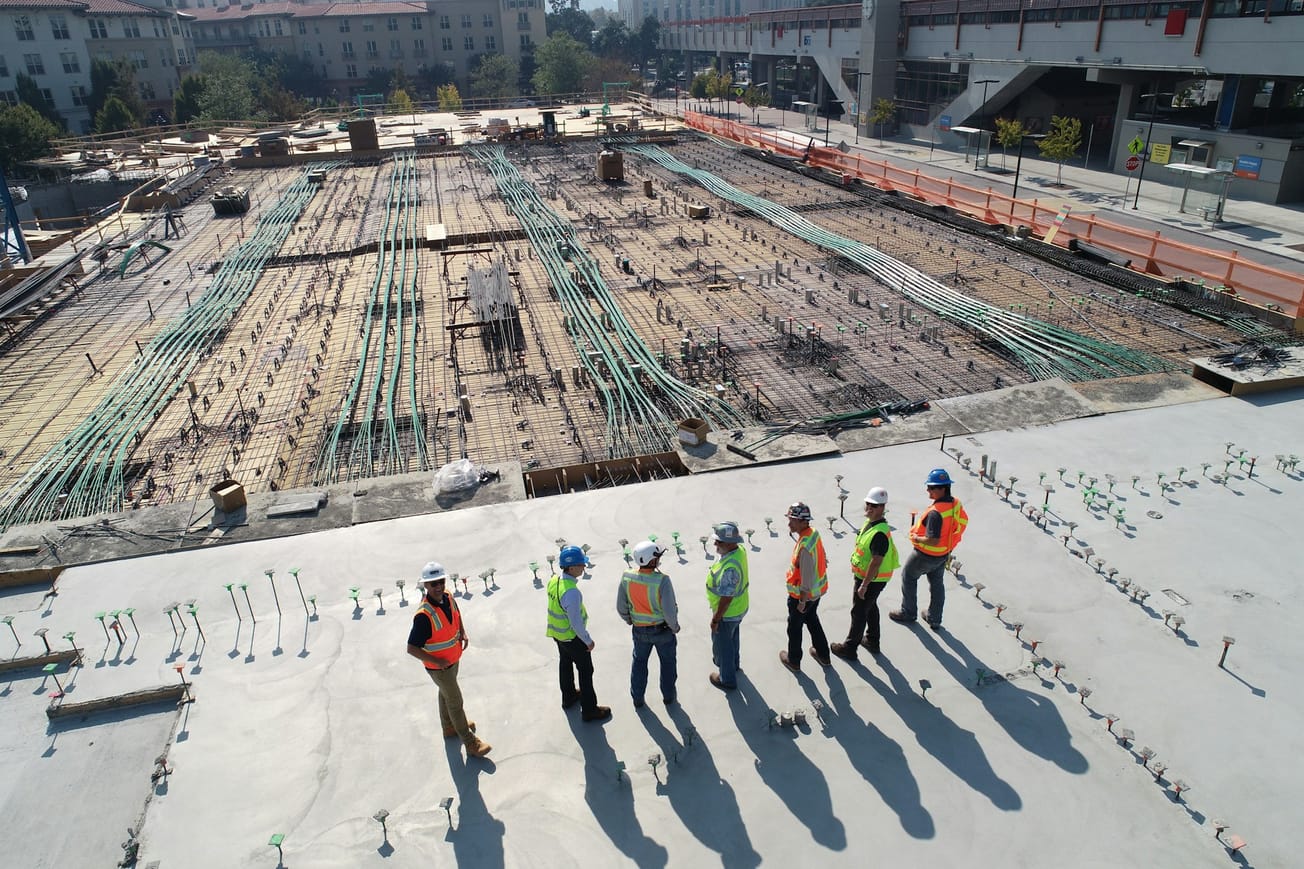Microservices and cloud-native applications require a whole different approach to both developer experience and managing infrastructure.
Things happen fast in this world: “pods” of compute spawn and die at pace; myriad smaller binaries with their own lifecycles chatter to each other over rapidly evolving services meshes or equivalents; open source packages underpinning application builds proliferate – sometimes in a robustly managed, cybersecurity-conscious secure way; sometimes not.
From compute itself to the network, via observability, security, and the demarcation of responsibilities – in this cloud-native world things look very different from how they did under “traditional” IT functions.
See also: The future of Kubernetes at AWS: Slack, Anthropic lead a "Karpenter" love-in
That shift has led to the widely cited rise of “Platform Engineering” – in which teams serve reusable components (open source or otherwise) and platform resources to the developers delivering applications for users.
The term has now got its very first “Hype Cycle” from Gartner.
(Gartner Hype Cycles are, in its words “a graphical depiction of a common pattern that arises with each new technology or other innovation.”)

Gartner earlier estimated that 80% of large software engineering organisations will have established platform engineering teams by 2026.
The company hopes the Hype Cycle can serve as a "reference to carve out your strategic roadmap,” although critics may look closely and have questions... (Why are "microservices" so far out on the "slope of enlightment"? Is this string of more or less popular buzzwords strung out in arguably arbitrary order worth the paper it was written on? Share your views; we are genuinely interested in the take of our readers; particularly those who are running cloud-native applications at scale...)
Gartner's Platform Engineering Hype Cycle: 5 key themes
Announcing the Platform Engineering Hype Cycle, Gartner’s Manju Bhat said it had grouped innovations under five key themes:
"1. Developer enablement — This includes internal developer portals, internal developer platforms, self-service environment management, innersource and software engineering intelligence platforms.
"2. Building applications that are secure by design — This includes software supply chain security, curated open source software (OSS) catalogs, secrets management and cloud-native application protection platforms.
"3. Effective and efficient software delivery — This include green software engineering, AI-augmented software engineering, autonomous workload optimization, site reliability engineering and chaos engineering.
"4. Navigating complexity of cloud-native architectures — This includes cloud development environments, observability, GitOps, FinOps, microservices, cluster fleet management and service mesh.
"5. Supporting team structures — This includes Team Topologies and product-centric delivery model.
Recent conversations The Stack has held with firms as diverse as Saxo Bank or Nutanix certainly suggest that the criticality of establishing a platform engineering team is swiftly realised as monoliths are disaggregated, or simply new cloud-native apps built – with such teams often responsible for everything from deploying and managing infrastructure through to ensuring software is built with hardened container images.
Check out the Secure Supply Chain Consumption Framework (S2C2F) Project
As Thomas Cornely, SVP, Product Management at Nutanix recently told us: “What we lived through is a perfect example of what we see in large-scale companies that embraced DevOps, and let developers do whatever they want. Everybody was building on Kubernetes – that's great. But then, who's in charge of maintaining and securing that stack?
When there was something you needed as a service that was not part of the core stack [developers] went and got something out of open source. Is it the right [component] now five years in? Are you supporting it? We've gone through this internally. We've had to rationalise and get better at it [and] say there's a platform team that is going to own this.”
Not everyone welcomed the Gartner release as helpful.
But as one reader of the new Platform Engineering Hype Cycle noted: "My thoughts on this model is that a linear hype cycle really doesn’t reflect the variety of pathways organisations can take to productivity. We’ve helped several build out full lifecycle API management prior to Microservices and that often exceed their expectations when it comes to enablement.
Nick Blyth, MD at Australian API discovery specialist Singularity Tech added: "This model also doesn’t reflect the utility of platform engineering to systems of record and systems of engagement teams. These still exist despite best efforts of verticalisation. There is little stopping organisations adopting these practises in some areas but moving the majority of the technology footprint, to say Team Topologies, is a major endeavour."
(Team Topologies is a framework for organizing development teams based on their interactions and dependencies, approached sometimes like companies approach Agile; in a ritualistic manner.)
Your views on the Hype Cycle? Want to share thoughts or even a guest blog on the state of Platform Engineering, cloud-native development or the evolution of any of the key terms above? Get in touch.








